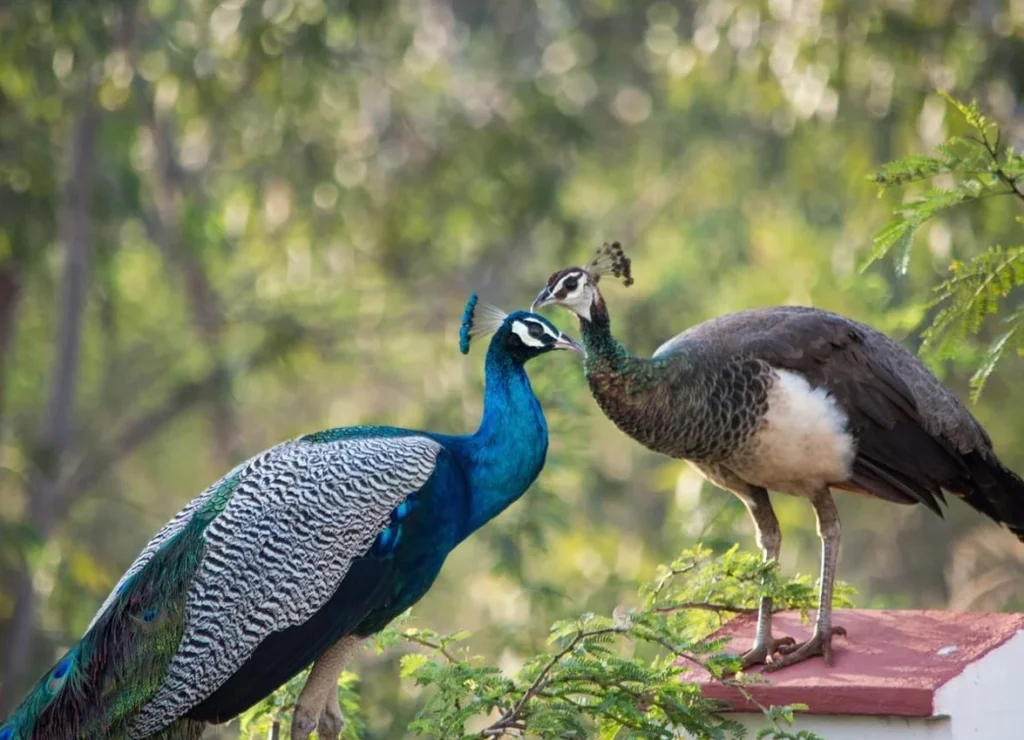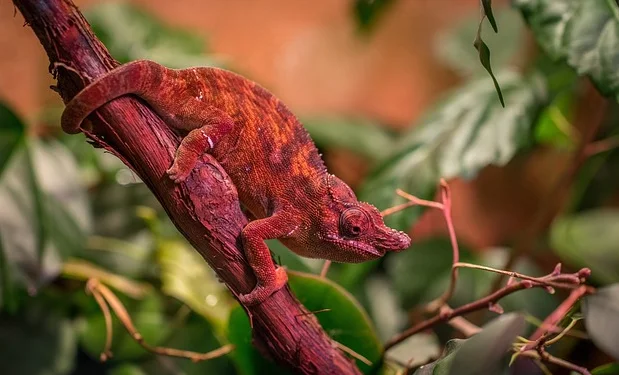Do peacocks fly? A Heartwarming Look at Their Unique Skills
Do peacocks fly? Imagine these gorgeous birds flaunting their colors like a flashy fashion display as they go around with their vivid feathers spread wide. But things become a little complicated when it comes to flying! Peacocks are similar to those popular students in school who aren’t really interested in physical education but can accomplish a lot of amazing things. They may travel short distances on foot, usually to avoid danger or to perch on a branch for a comfortable rest. Now let’s explore the world of peacocks and discover how, occasionally, these stunning birds soar over the heavens!
Do Peacocks Fly?
Peacocks are renowned for their magnificent appearance and plumage, but many people are curious as to whether they can fly. Given their status as ground-dwelling birds, this question piques interest. Let’s investigate the intriguing realm of these vibrant beings and see how successfully they soar.
The Anatomy of Flight
Examining the anatomy of peacocks is crucial to determining whether or not they are able to fly. Peacocks are members of the pheasant family and share the robust, powerful wings of many other birds in their family. Their long and intricate feathers, especially those on the tail, give them an imposing appearance when on display. But they may become unwieldy due to the weight of these tail feathers, making prolonged flight difficult.
Peacocks use their well-developed breast muscles to enable brief bursts of flight when they do manage to take off. They can typically soar to heights of ten to fifteen feet by rapidly elevating themselves with their wing. This ability is primarily for evasion and not for long-distance travel, emphasizing that their flying skills are limited.
Why Peacocks Fly
What then motivates peacocks to fly at all? Their survival instincts hold the key to the solution. Peacocks frequently come into contact with predators in the wild, including big cats and preying birds. Their best defense may be to take off quickly when danger looks imminent. One essential means of escape is their ability to climb up to the safety of rooftops or tree branches.
Peacocks use flying to obtain food sources and locations for their nests. Although they mostly hunt for grains and insects on the ground, they occasionally soar to the top of the trees in search of ripe fruits or other goodies. Their ability to adapt enables them to flourish in a variety of settings, demonstrating their inventiveness.
Flight Patterns and Behavior
The question of whether peacocks can fly requires us to take into account how they fly. Peacocks have more irregular flight patterns than migratory birds, which soar across the skies for miles at a time. Rather than traveling great distances, they usually flap their wings and glide short distances.

Male peacocks may fly more frequently during mating season to showcase their feathers and attract the attention of possible mates. This blends their attraction drive with the practicalities of avoiding danger, adding another level of intricacy to their flying patterns. Their flights are frequently intentional and short, showcasing their distinct way of living.
The Habitat Connection
Peacocks do best in settings that meet their requirements for both the ground and the air. These birds favor environments with lots of trees and open space, which is why they are typically found in woods, meadows, and even close to human populations. Tall buildings are necessary for them to be able to safely roost at night and avoid predators during the day.
Peacocks have adapted extremely well to life in cities; they are frequently spotted perched on fences or rooftops. In places where they are allowed to wander, their short flight distance helps them navigate harsh situations, turning them into somewhat of an urban legend. This flexibility emphasizes how crucial habitat is to comprehending their ability to fly.
Myths and Misunderstandings
Do peacocks fly? is a question that is surrounded by many misconceptions. Some assume they are completely flightless, while others think their flamboyant feathers prevent them from ever being able to fly at all. Peacocks can indeed fly, though not as frequently or as far as other birds can fly.

The false impression is frequently caused by the way they behave; instead of flying in the air, they spend a lot of time strutting and foraging on the ground. This obscures their amazing talents and gives the idea that they are incapable of flying. Clearing the air regarding these subtleties can assist clarify peacock behavior and their exceptional flying abilities.
Can Peacocks Fly Up to How High?
Peacocks are magnificent birds that captivate onlookers with their exquisite feathers and elegant motions. Many people are curious about the height at which these amazing animals can fly. They may soar to remarkable heights, particularly when circumstances demand it, even though they are not long-distance flyers.
Mean Elevation of Flight
Peacocks can typically soar between 10 and 15 feet above the ground. They can avoid predators and reach high branches for roosting thanks to their height. They can swiftly reach this altitude, displaying their formidable muscles, thanks to their muscular wings. These brief height surges are vital to their survival even if they don’t fly very far.






